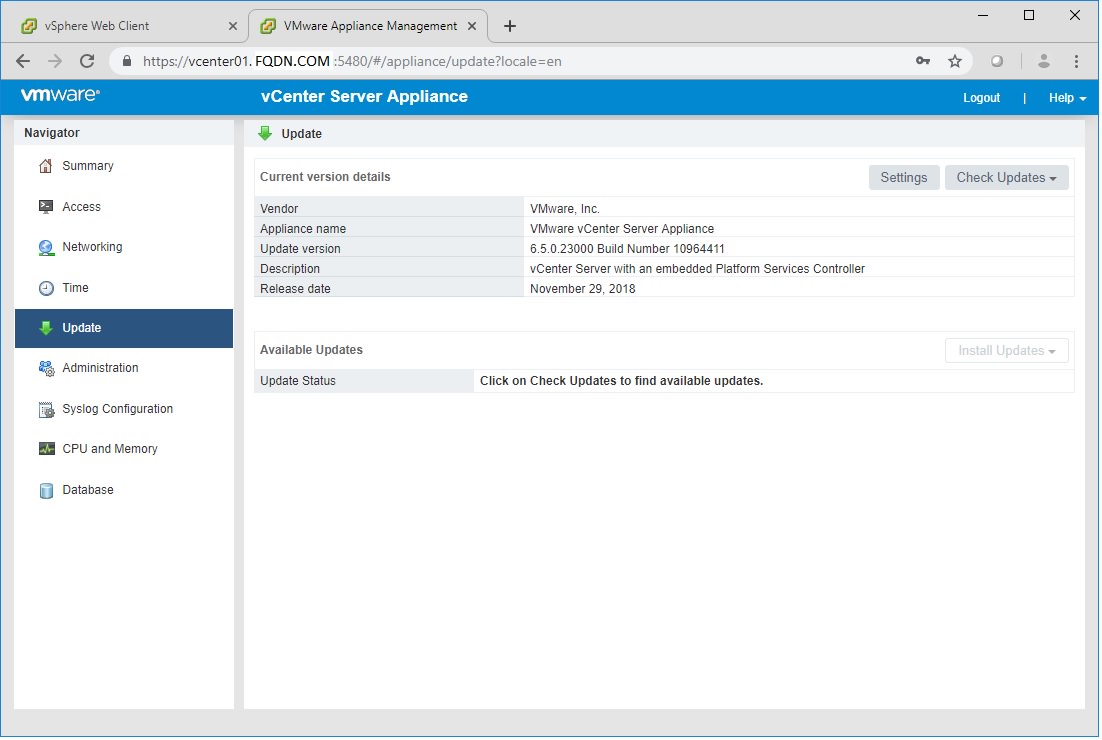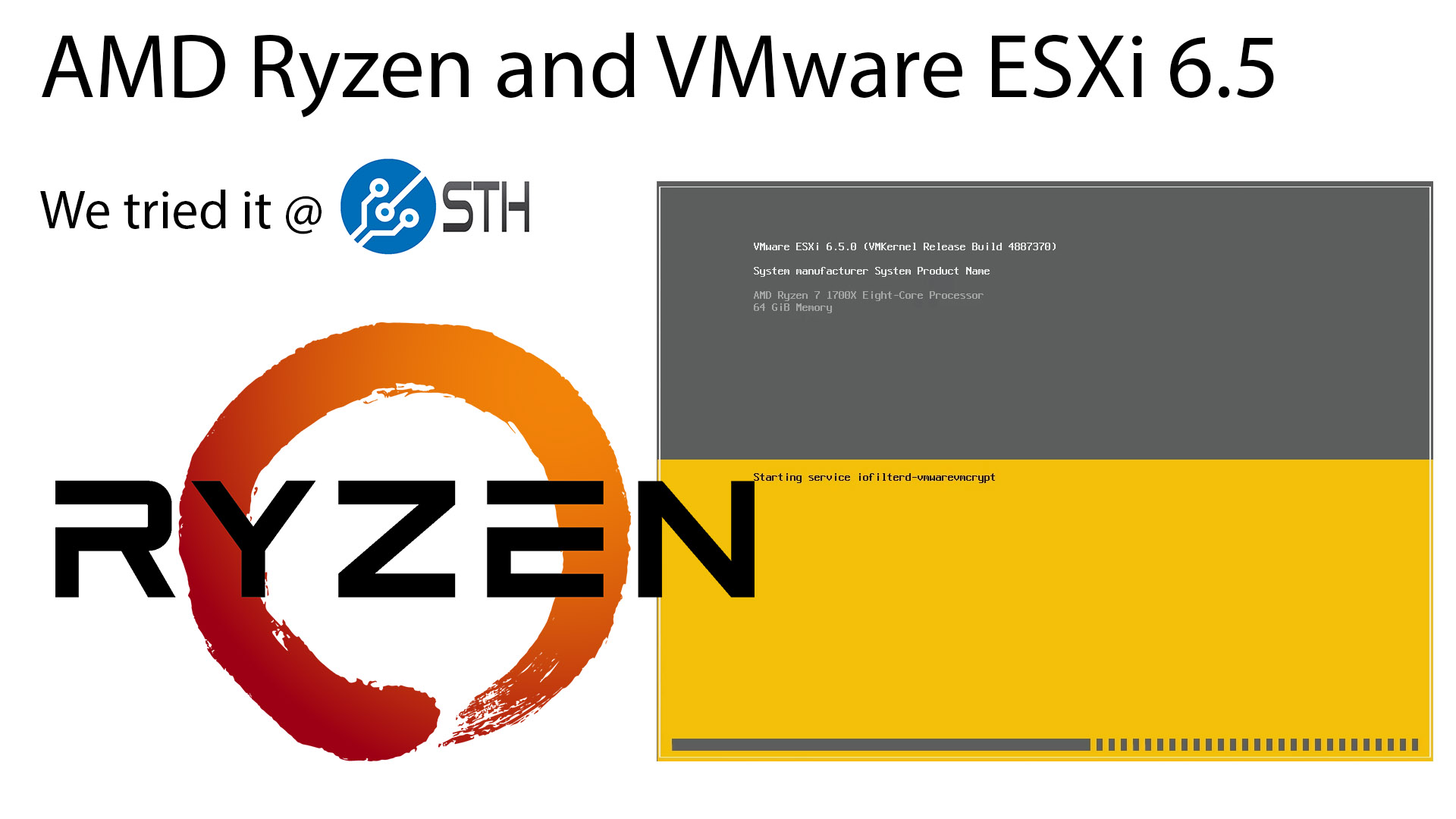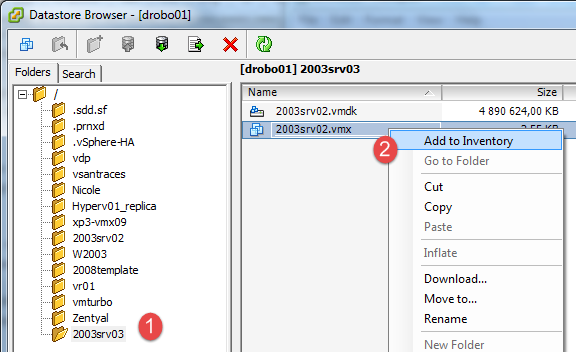

Before powering up the VM, make sure to disable the network card first. Now that we finished copying the VMDK(s) to the target VM’s folder, we need to them via the VM’s hardware settings. Note :- You can Copy the File from Data store Folder by browsing Attach the copied VMDK to the target VM TEST-VM-01.vmdk TEST-VM-01.vmsd TEST-VM-01.vmx cp TEST-VM-01-flat.vmdk /vmfs/volumes/datastore1/TEST-VM-01-CLONE/ We need to copy the VMDK files – both the descriptor and flat file cp TEST-VM-01.vm Copy the source VMDK files to the folder of the VM previously created, TEST-VM-01-Clone in my case. TEST-VM-01.nvram TEST-VM-01.vmx vmware-1.log vmware.logĬ. TEST-VM-01-flat.vmdk TEST-VM-01.vmsd TEST-VM-01.vmx~ vmware-3.log TEST-VM-01-CLONE cd /vmfs/volumes/datastore1/TEST-VM-01/ In this case, TEST-VM-01 is the virtual cd ls Navigate to the folder of the VM you want to be cloned. Note: The datastore, folder, and VMDK names will differ from those cited here for obvious reasons. Using an SSH client such as putty, log in ESXi as root and xopy the VMDKs from the source VM to the one created. And verify the resource details from Web client. Incase you added HDD over there delete that.

Determine the datastore, folder and VMDK names PowerCLI is one more tool to Manage ESXi services. Alternatively, you can start the TSM-SSH service using the embedded host client for recent releases of ESXi such as 6.5 or via the legacy vSphere client for older versions. Alternatively, try using vmksftools as per this KB. Note: If the VM being cloned includes snapshots, you must delete them first before using the cloning procedure here covered.
#How do you copy vm esxi 6.5 how to#
In this post, I will explain how to clone VMs on ESXi without vCenter Server using a vSphere client and shell commands.įirst create a target VM with identical hardware and resources as assigned to the one you’re cloning ,source VM.Ĭopy the source VMDK files (disks) to the target VM’s folder.įinally, attach the copied VMDKs to the target VM and verify that the clone boots up and works properly. With the compression, I am moving a minimal amount of data from point A to B.Virtual machine cloning is a feature exclusive to vCenter Server but there is a workaround to this restriction. Might be overkill, but if something fails, I don't have to start all over.

I'd use the web client to get the vmdk copied to the guest os where I can then compress it with 7zip (using 7z) and FTP it to where I want to put, expand it, use the web client again to put it in place in the destination datastore. If you USB drive hardware is only USB 1.x or 2.0 the best you are going to get is about 45 min / 4GB (1.1), 20 min / 4GB 2.x). You want to move it the shortest distance and over the fastest network with minimal bottlenecks and failure points. The webclient is not very resilient to a long copy over the network.Ī copy of many gigabytes takes time. If you are not, think about the path that the data is taking and where the bottlenecks are. My advice is to use the web client in a situation where you are either on a virtual running on the ESXi or at least only separated by the local (LAN) network between you and the hardware with the USB drive. I also hope you are not trying to copy the. I can't speak to why running a copy to a USB drive seems to take the life out of the ESXi host.


 0 kommentar(er)
0 kommentar(er)
